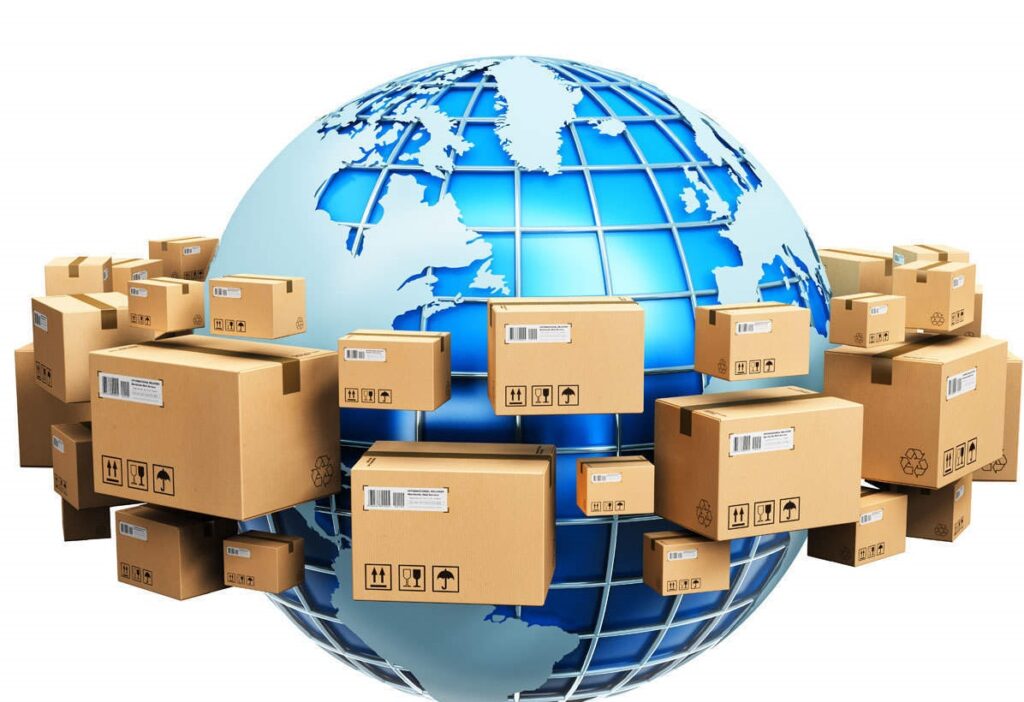No products in the cart.


Exporting Bricks
The global construction industry continuously evolves, and brick exports are critical in supporting development projects worldwide. For companies like Tasnim Tav, which specializes in producing and exporting high-quality refractory bricks, this creates immense opportunities to reach new markets and cater to various construction needs globally.
The Growing Demand for Bricks
The construction industry has experienced a surge in demand for durable, energy-efficient, and aesthetically appealing building materials. Bricks, especially those made from premium refractory materials, are essential for commercial and residential projects. As urbanization accelerates, particularly in emerging markets, there is a growing demand for high-quality, sustainable materials like bricks.
Countries in the Middle East, Asia, Europe, and North America are key markets with a rising demand for brick imports. These regions are experiencing rapid infrastructure development, so companies in the brick export business are perfectly positioned to seize new opportunities.
At Tasnim Tav, our diverse range of bricks—including gray, white, black, Shamooti, and English bricks—is designed to meet the needs of modern architects and builders worldwide. Our bricks are visually appealing and engineered for strength and longevity, making them ideal for any building project.
Opportunities in Exporting Bricks
- Emerging Markets: Countries in Africa, Asia, and the Middle East invest heavily in infrastructure, creating massive demand for high-quality building materials like bricks. Exporters can benefit by targeting these growing economies, where construction projects are often large in scale and continuous.
- Sustainability Trends: With an increasing focus on sustainable and eco-friendly building practices, demand for energy-efficient materials is rising. Eco-conscious developers prefer refractory bricks, which are known for their superior insulation properties and long lifespan. Companies offering environmentally friendly solutions can capitalize on this trend.
- Infrastructure Development: Many countries are undergoing extensive infrastructure development projects, including constructing roads, bridges, public buildings, and industrial facilities. Exporting refractory bricks to these regions offers significant opportunities, especially for large-scale commercial projects.
- Trade Agreements: International trade agreements between countries have lowered tariffs and opened new markets for exporters. By leveraging these agreements, brick manufacturers can reduce costs and offer more competitive pricing to global buyers.
Critical Strategies for Brick Export Success
- Market Research: Thorough market research is the foundation of any successful export strategy. Understanding the demand for specific types of bricks, regional construction trends, and regulatory requirements will help you tailor your offerings to meet the needs of different markets. For instance, Tasnim Tav could focus on exporting heat-resistant refractory bricks to regions with a growing industrial sector.
- Quality Assurance: International buyers expect consistency in quality, especially when importing bricks for large projects. Tasnim Tav ensures that every brick meets stringent quality standards, providing buyers with durable, reliable, and aesthetically pleasing products.
- Building Strong Partnerships: Forming partnerships with local distributors and construction companies can help navigate the complexities of foreign markets. By establishing a regional presence through partnerships, brick exporters can ensure smooth distribution and enhanced customer relationships.
- Compliance with Regulations: Each country has specific import regulations and standards. Understanding and adhering to these requirements is crucial for success in the brick export business. Exporters must ensure their products meet the necessary certifications, packaging, and labeling standards.
- Branding and Marketing: In the competitive global market, developing a solid brand and promoting the unique features of your bricks—such as refractory properties, sustainability, and design flexibility—will attract potential buyers. Tasnim Tav can highlight its specialization in refractory bricks and the variety of color options to appeal to diverse markets.
Challenges and How to Overcome Them
While brick exporting offers vast opportunities, challenges such as fluctuating shipping costs, regulatory hurdles, and competition can impact success. To overcome these challenges, Tasnim Tav should focus on creating strong supply chain partnerships, offering competitive pricing, and continuously improving product offerings based on market feedback.

FAQ
- What types of bricks are most in demand for export?
There is currently significant demand for refractory bricks, which are used in high-temperature applications such as industrial furnaces, fireplaces, and outdoor ovens. Additionally, aesthetic bricks like gray, white, and black are popular for modern architectural projects in both residential and commercial sectors.
- How can I ensure my exported bricks meet the standards of international buyers?
At Tasnim Tav, we follow rigorous quality control processes to ensure our bricks meet the required standards. Understanding the regulations of each target market and ensuring that your products comply with local certifications and standards, such as CE marking for European markets, is essential.
- What are the critical markets for brick export?
Growing markets include countries in Asia, the Middle East, and North America, where infrastructure development is booming. Additionally, there is a strong demand for sustainable and energy-efficient building materials in Europe, making it a key market for high-quality refractory bricks.
